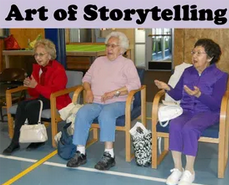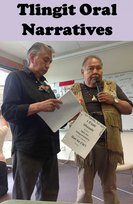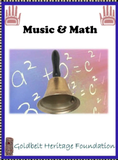Integrated Classroom Lessons
Learning Experiences:
After teaching Class Culture MadLib Lesson, which acknowledges and celebrates the culture of every student in the classroom, this lesson template can be adapted and used flexibly depending on time constraints. Cultural specialist and collaborating teacher can choose from these options knowing that every lesson needs to activate prior knowledge, review Lingít language, introduce new learning and end with a closing ritual. Also the goal of every lesson is to engage the whole child: head (intellect), hands (movement) and heart (emotion).
- Activate Prior Knowledge: Sing the Lingít Values Chorus as a reminder of the tribal core values
- Oral Narrative: If possible have a recording of an elder or the schoolʼs cultural specialist to tell an oral narrative. If that is not possible, rehearse the Lingít story to a level in which you can tell the story without reading it to model traditional ways of knowing and learning. Oral narrative is the way in which Lingít stories and life lessons are passed down from generation to generation.
- Active Listening: Provide active listening options to keep engage students and provide purpose:
- Essential Question: Ask students to think about what value or lesson this story is teaching and why. Which of the core Lingít values addresses this lesson:
- Haa Aaní (Our Land: Honoring & Utilizing our Land)
- Haa Latseení (Our Strength: Strength of Body, Mind, and Spirit)
- Haa Shuká (Our Past, Present, and Future Generations)
- Wooch Yáx̱ (Balance: Social and Spiritual Balance)
- Finger knit or make a yarn bundle: during the storytelling remembering the Haa Ḵusteeyí chant/chorus that accompanies these knitting options .
- Spotlight new vocabulary: after teaching new Lingít vocabulary and /or pronunciation, ask students to repeat these new words with a gesture as they hear them being told in the story.
- Essential Question: Ask students to think about what value or lesson this story is teaching and why. Which of the core Lingít values addresses this lesson:
3. Writing Poetry with Metaphors: this lesson is adapted from a Kennedy Center Artful Teaching session and supports language arts and music standards, as well as culturally responsive practices:
- poetry writing, use of metaphors, and emphasis on oratory. The Lingít culture has a rich tradition of oratory. Also, when an elder speaks in metaphor, this indicates that what is being said is extremely important (Twitchell, September 2020).
- Teachers together select three categories (i.e. academic, Lingít vocabulary, etc.) for which students brainstorm words encouraging both the use of Lingít and English.
- Teachers together model with class how to create metaphors using these three categories to begin creating lines of poetry
- Music teacher highlights how poetry embodies elements of music by focusing on one to demonstrate for each class session:
- tempo (speed or pace)
- meter (pattern/pulse)
- dynamics (loud vs. soft)
- texture (one voice vs. many)
- pitch, rhythm and phrasing (words and lines of poetry).
- After completing the class poem process, students create individual poems (or work in pairs) by
- selecting and/or adding to the word lists and creating their own metaphors
- revising and deepening their work by adding musical elements and physical movements/gestures to their poems
- celebrating and encouraging speaking and listening through oratory performances
4. Closing Ritual: End with a Lingít song that students can join in with song and dance. It usually is a song that students are familiar with so that the class ends with success. People tend to remember the beginning and end of a lesson (no matter how challenging the middle was) so start and end with positive emotions and student success through fairly familiar content as bookends to your lesson.
Extensions:
Teachers can ...
- Invite an elder into the classroom. If thatʼs not possible, show a video/audio of an elder sharing their knowledge.
- Collaborate with classroom teachers and the Cultural Specialist at school to deepen Lingít language exposure and cultural connections with other academic content throughout the week.
- Explore the Additional Resources section posted under each grade level for related curriculum units from Goldbelt Heritage Foundation and Sealaska Heritage Institute that integrate other disciplines, including Readerʼs Theater.
- Show one of the videos of an elder sharing their knowledge.
- Write a letter to an elder thanking them for sharing their knowledge.
- Teach a Lingít song or drumming listed under the Music Resources.
- Explore the Juneau School District Elementary Art Kits for culturally-relevant topics.
- Brainstorm with students ways in which they can practice these tribal values through a school or community project.
- Search the Teaching Tolerance website for additional lessons addressing identity, culture and inclusion.
Students can ...
- Retell the Lingít story in their own words to a partner.
- Collaborate to create a soundscape using percussion instruments to help tell the story.
- Create their own story to teach the Lingít value drawing upon their own life experiences or interest.
- Explore and examine their own culture through poetry templates like I Am and I Am From. Use these phrases or words as a starting point to compose a chorus or melody about values that are important to them.
- Summarize Lingít stories a beginning, middle and end group tableaux.
- Design their own instruments using materials found in our natural environment.
- Contribute to a Tribal Values Class Quilt that includes a drawing from each child representing one of the tribal values.
ADDITIONAL RESOURCES:




